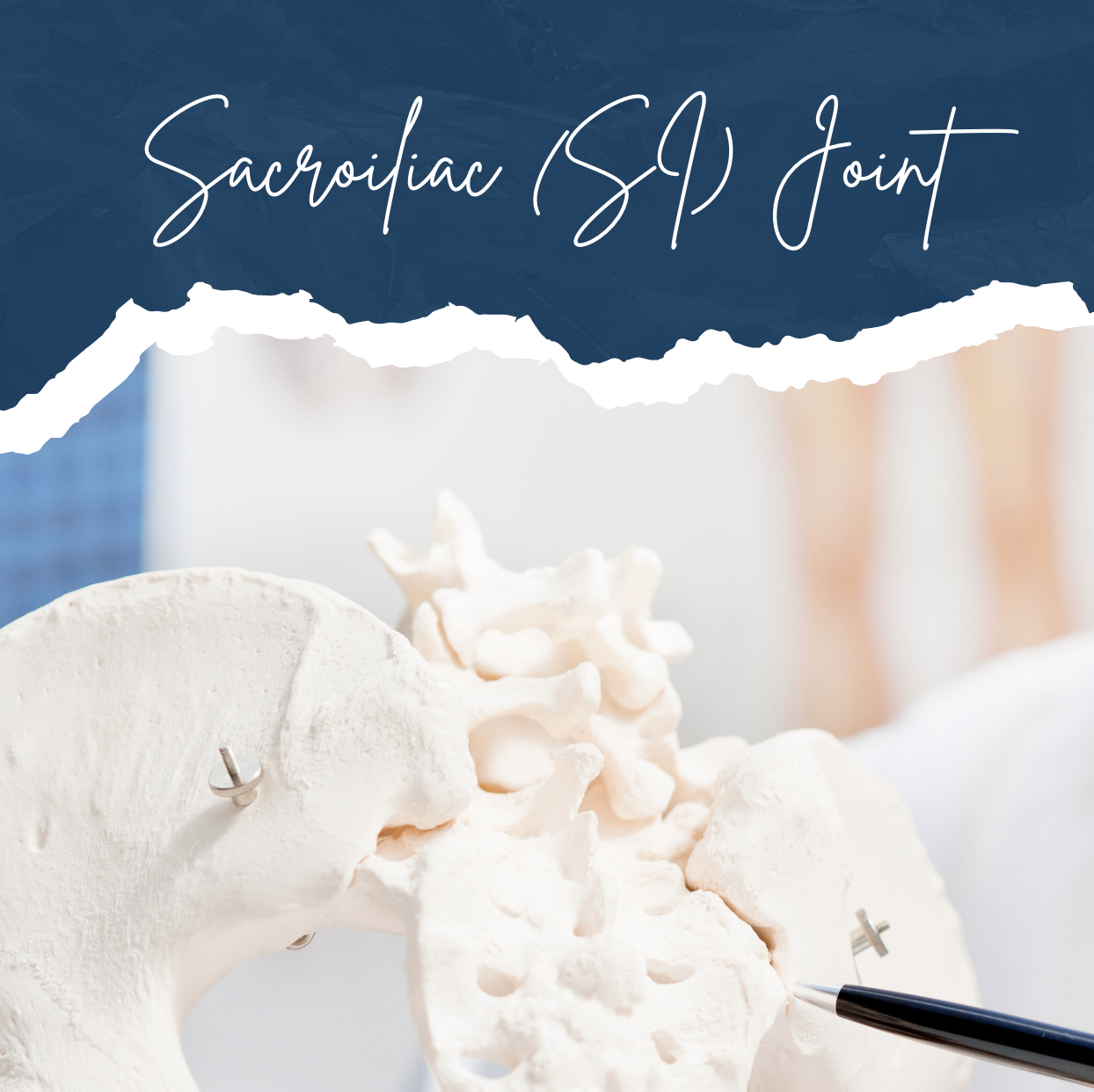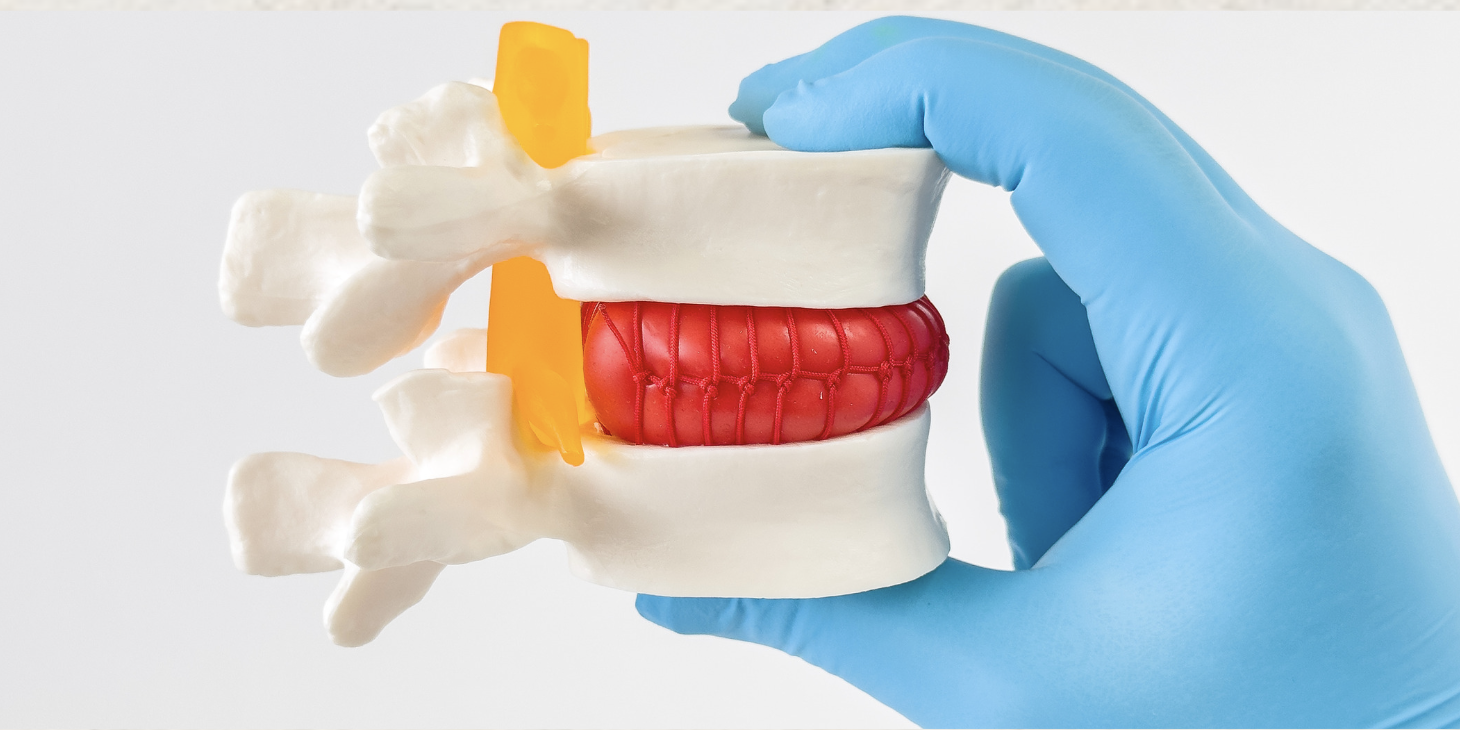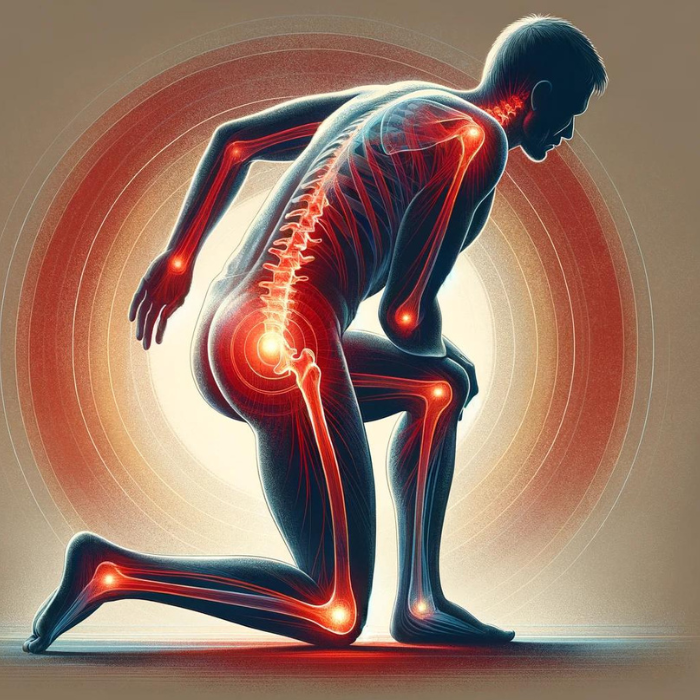What is the Sacroiliac (SI) Joint
The sacroiliac (SI) joint is a joint located between the sacrum and the ilium, which are two bones in the pelvis. The sacrum is a triangular bone at the base of the spine, composed of fused vertebrae, while the ilium is one of the three bones that make up the hip bone. The SI joint connects the sacrum and the ilium, providing stability and transmitting forces between the spine and the lower body.
The SI joint is a synovial joint, meaning it has a joint capsule and is lined with synovial fluid, which lubricates the joint and reduces friction during movement. The joint is reinforced by strong ligaments that help support the pelvis and provide stability. The main functions of the SI joint are to absorb shock, transmit forces between the upper body and the legs, and allow for a small amount of movement. While the SI joint is designed to be relatively stable, it does have some degree of mobility. The movement at the SI joint is generally limited to a small amount of rotation, tilting, and minimal sliding.
Understanding Sacroiliac Joint Problems: Sacroiliac joint dysfunction occurs when there is abnormal movement or inadequate support within the joint. This condition can lead to pain and discomfort in the lower back, hips, and buttocks. The exact cause of SI joint problems can vary from person to person, but common factors include injury, pregnancy, arthritis, and degenerative conditions.
Understanding Sacroiliac Joint Problems:
Exercises that can help reduce Sacroiliac Joint (SI Joint) pain.
Symptoms of Sacroiliac Joint Problems: The symptoms of sacroiliac joint problems can vary in intensity and duration. Some common signs to watch out for include:
- Pain in the lower back, buttocks, and thighs.
- Difficulty in sitting or standing for long periods.
- Pain while transitioning from sitting to standing or vice versa.
- Limited range of motion in the lower back or hips.
- Aching or sharp pain while climbing stairs or walking on uneven surfaces.
Treatment Options for Sacroiliac Joint Problems: When it comes to treating sacroiliac joint problems, a comprehensive approach that combines conservative measures and, in some cases, surgical intervention is necessary.
Exercises that can help reduce Sacroiliac Joint (SI Joint) pain.

Knee-to-chest Stretches: Lie on your back with your knees bent and your feet flat on the floor. Bring one knee towards your chest and hold it with your hands. Hold for 20-30 seconds and then release. Repeat with the other leg.

Bridge Stretch: You should lie on your back with your knees bent and your feet flat on the floor. Lift your hips off the ground, engaging your glutes and core muscles. Hold for a few seconds, and then lower back down. Repeat for several repetitions.

Bird-Dog Stretch: Start on your hands and knees in a tabletop position. Extend one arm forward while simultaneously extending the opposite leg backward. Keep your core engaged and maintain a neutral spine. Hold for a few seconds and then return to the starting position. Repeat with the opposite arm and leg.

Modified Cobra Stretch: Lie on your stomach with your forearms on the ground and your elbows bent. Push up through your forearms, lifting your upper body off the ground while keeping your pelvis on the floor. Hold for a few seconds, and then lower back down.
Let’s explore the various treatment options available:
- Physical Therapy and Exercise: Physical therapy can help strengthen the muscles surrounding the SI joint, improve joint stability, and alleviate pain. Targeted exercises, such as stretching and strengthening routines, can be designed to suit individual needs.
- Medications: Nonsteroidal anti-inflammatory drugs (NSAIDs) and muscle relaxants may be prescribed to reduce pain and inflammation associated with SI joint dysfunction. In some cases, corticosteroid injections may be administered to provide temporary relief.
- SI Joint Fusion: For patients who do not respond to conservative treatments, SI joint fusion may be considered. This surgical procedure aims to stabilize the joint by fusing the sacrum and ilium bones. It can help relieve pain and restore normal function.
- Minimally Invasive SI Joint Fusion: Advances in technology have led to minimally invasive techniques for SI joint fusion. These procedures involve smaller incisions, reduced tissue disruption, and shorter recovery times compared to traditional open surgery.





